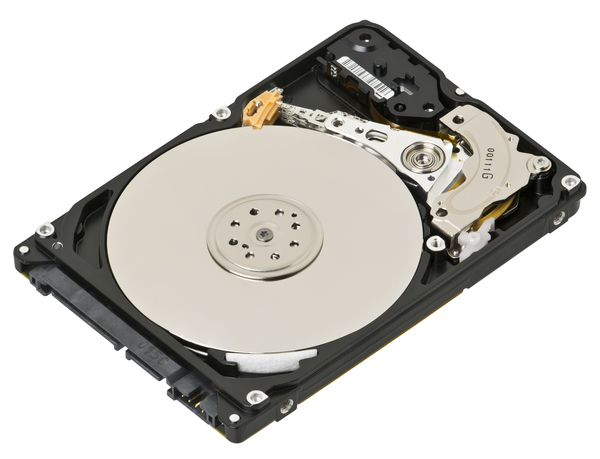 I am no expert, so I am sorry if I say anything wrong. Please correct me, in that case. But I had some experiments installing Windows 8.1 from DVD into a recent Lenovo laptop, and had some issues with hard disk drive and the format it was into.
I am no expert, so I am sorry if I say anything wrong. Please correct me, in that case. But I had some experiments installing Windows 8.1 from DVD into a recent Lenovo laptop, and had some issues with hard disk drive and the format it was into.
Well, it seems that recent laptops (and probably also workstations) use a new kind of format to store the partition table of the disks. It is, somehow, related to EFI. So, if you have a disk drive in EFI mode, you will be able to create more than 4 primary partitions (no need for creating an extended one, and then create others inside).
If you try to install Windows 8.1, 32 bits, it will expect a disk to be in MBR (master boot record) mode. If your disk is in EFI mode, your best solution is to delete all partitions (be careful, you will lose data) and create new ones. Probably you will need to delete them all, use the next button and let Windows use the entire disk, or if you want a specific partition schema, cancel the installation, reboot, and with luck you will be able to create a typical MBR partition table.
The other way around, if you try to install Windows 8.1, 64 bits, it will expect a disk to be in EFI mode, and if it is in MBR mode you will need to… you guess it… delete all partitions, and go next.
You might also find gParted to be helpful in this process.
Another interesting information: Windows 8.1 32 bits does not detect a Full HD display. With the 64 bits display, installation procedure was all in Full HD. Also, the 64 bits was able to pull drivers automatically (namely for wireless). The 32 bits didn’t.